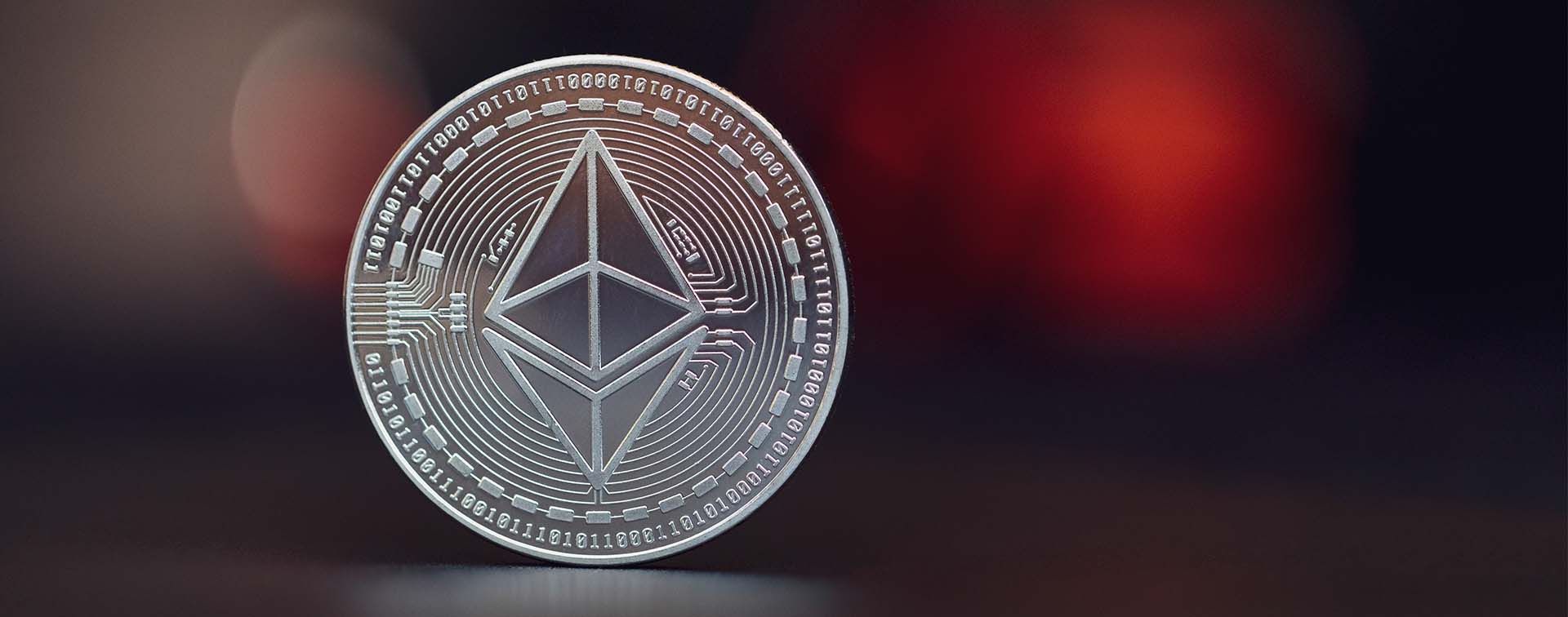
Karolina Blasiak is a Monaco-based art advisor and founder of her firm, with over a decade of expertise in curating sustainable and impactful contemporary collections globally.
For high-net-worth individuals with a global lifestyle, art and cryptocurrencies emerge as dynamic, borderless asset classes that seamlessly blend financial strategy with personal expression. As an art advisor based in Monaco, I assist clients in harnessing these assets to optimize wealth structuring while ensuring privacy and mobility. Both offer unique benefits: they transcend geographic limits, diversify portfolios, and serve as powerful tools for individuality. Art and crypto align with the needs of cosmopolitan investors, providing flexibility, discretion, and cultural significance in an era of heightened global mobility, while also offering practical applications in wealth management.
A defining feature of art and cryptocurrencies is their inherent mobility. A painting or sculpture can be transported across borders with minimal friction, akin to transferring a digital wallet containing Bitcoin or Ethereum. Unlike real estate or traditional securities, which are anchored to specific jurisdictions, these assets operate beyond territorial constraints. This fluidity is invaluable for high-net-worth individuals maintaining residences in multiple locations, such as a client relocating from London to Dubai who can effortlessly move a Basquiat canvas or access crypto holdings without navigating complex cross-border banking regulations. This adaptability caters perfectly to the itinerant nature of global citizens.

Discretion remains a priority for high-net-worth individuals, and both asset classes deliver. Art transactions can occur privately through advisors or off-market sales, avoiding public scrutiny often associated with auctions. Cryptocurrencies, when managed with care, provide pseudonymity, shielding investors from unwanted attention. A 2024 Art Basel and UBS report reveals that 67% of high-net-worth collectors prioritize confidentiality in acquisitions, a preference echoed by blockchain’s decentralized framework. For clients wary of asset traceability amid geopolitical instability, art and crypto offer robust layers of privacy, making them essential for safeguarding wealth.
Beyond financial gains, art and crypto allow investors to project their identity and values. Acquiring a Yayoi Kusama infinity mirror room is not just an investment but a statement of personal taste and a step toward curating a lasting legacy. Likewise, owning NFTs or backing blockchain art platforms signals an embrace of digital innovation. Pierre Sigg, founder of the Sigg Art Foundation, captures this synergy: “Digital art and cryptocurrencies are not just investments; they are bridges to a new cultural narrative, empowering artists to redefine heritage through technology and offering investors a stake in the future of creative expression.”
A notable example is Justin Sun, TRON founder and crypto pioneer, who described his USD 6.2 million purchase of Maurizio Cattelan’s ‘Comedian’ banana artwork as a cultural fusion of art, memes, and cryptocurrency, positioning it as a mobile asset that merges blockchain creativity with artistic provocation for high-net-worth individuals. Sun views it as a catalyst for global inspiration, with his plan to eat the banana underscoring its role in redefining art and digital narratives. Such acquisitions resonate with clients who see wealth as a medium for self-expression. For instance, a Monaco-based investor who recently added a Beeple digital artwork and Ethereum to their portfolio, blending cultural engagement with financial foresight.
Art and crypto enhance portfolio resilience by serving as alternative investments. Deloitte’s 2024 Art & Finance Report indicates that 88% of wealth managers advocate for art due to its low correlation with equities, offering a hedge against market volatility. Cryptocurrencies, despite their fluctuations, provide similar diversification, with CoinMarketCap data showing Bitcoin’s long-term growth surpassing many traditional assets. For globally mobile clients, these assets mitigate risks from inflation and currency instability, particularly in volatile regions, ensuring financial stability across diverse markets. For instance, hedge fund manager Daniel Loeb, a prominent art collector, has diversified his portfolio with works by Basquiat and Jeff Koons while holding significant Bitcoin investments, citing their combined potential to hedge against inflation and market downturns.
While offering flexibility, art and crypto require adept navigation of regulatory frameworks. Artworks may face export restrictions or cultural heritage laws, as seen with Italy’s controls on Old Masters. Cryptocurrencies are subject to evolving tax and anti-money-laundering rules, with the European Union’s MiCA framework shaping compliance standards for 2025. Expert guidance is crucial to balance mobility with legality. For instance, I recently coordinated a client’s transfer of a sculpture from Hong Kong to Singapore, utilizing freeport storage to defer taxes. Such strategies highlight the importance of specialized knowledge in cross-border asset management.
Art and crypto transcend mere investment, serving as legacy assets. A thoughtfully assembled art collection or a well-managed crypto portfolio can be bequeathed, merging financial security with cultural heritage. The Knight Frank Wealth Report 2024 notes that 73% of ultra-high-net-worth individuals regard art as a legacy vehicle, while crypto’s decentralized nature ensures accessibility for heirs. For global investors, these assets preserve wealth and identity across generations and borders.
By 2030, art and cryptocurrency will redefine wealth and cultural expression. Blockchain platforms like Ethereum will enable fractional ownership of art via NFTs, blending accessibility with exclusivity for high-net-worth individuals. A Banksy mural could be co-owned globally, with stakes traded instantly on decentralized ledgers, boosting art’s liquidity. AI-driven, blockchain-authenticated art will create novel collectible genres for tech-savvy elites. However, blockchain’s high energy consumption, often exceeding traditional banking systems, raises environmental concerns, pushing collectors toward eco-friendly platforms using proof-of-stake protocols. Stricter regulations such as MiCA may curb crypto’s anonymity, clashing with art’s privacy.
For high-net-worth individuals, this art-crypto synergy will secure wealth and spark a sustainable cultural renaissance, merging digital innovation with artistic heritage for a borderless legacy, while opening gateways to sovereign wealth. Their autonomy from politically constrained banking systems, alongside mobility, privacy, and expressive potential, makes them ideal for global investors. Despite regulatory complexities requiring expert oversight, these assets redefine diversification as a blend of identity, independence, and legacy — reshaping modern wealth management.